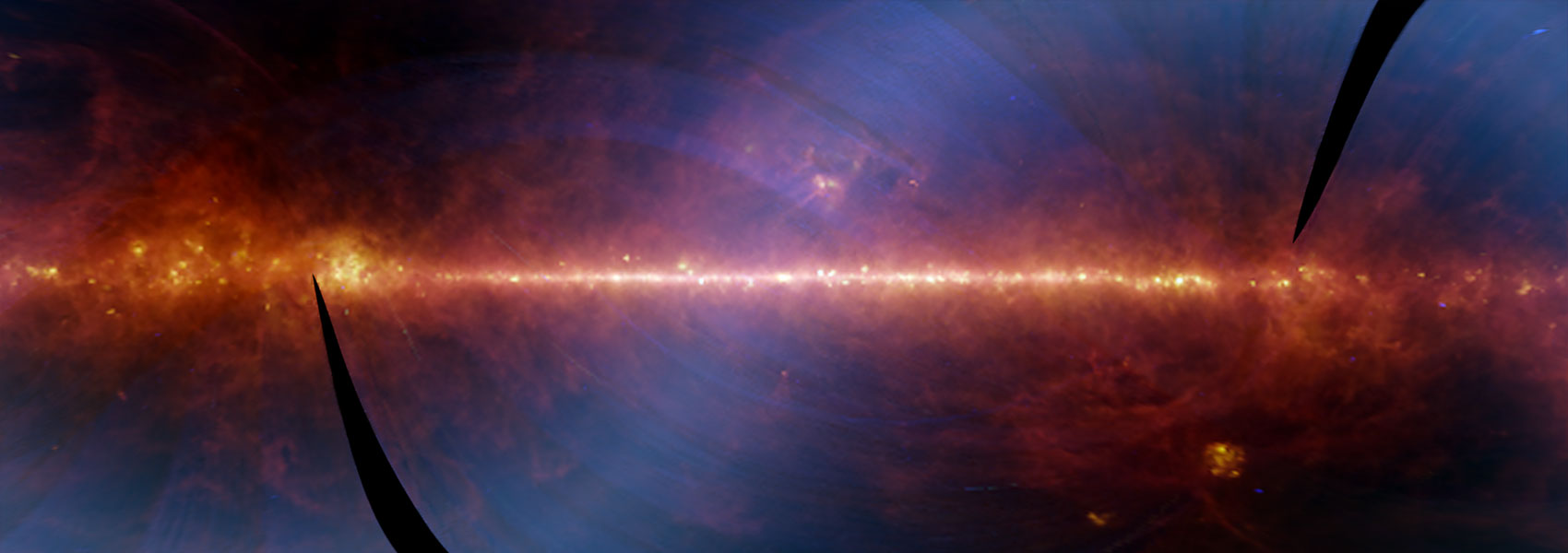A Search for High-Redshift Galaxies And An Accidental Galactic Survey of Dwarf Stars with Hubble // Current searches for high-redshift galaxies use a combination of near-infrared filters with one or more optical filters to check for contaminants. One of these contaminants are faint dwarf stars in the disk and halo of our own Milky Way Galaxy. Thus in the search for the galaxies that caused the Reionization of the Universe, an accidental census of Dwarf stars in the Milky Way was conducted as well. I report on one observational approach with the Hubble Space Telescope; the Brightest Origin of Reionizing Galaxies (BORG) survey. I will discuss the identification of the distant high-redshift galaxies ("Super-8s") and what appears to be their unique properties. These may represent an unique phase of star-formation and the role of galaxies in the reionization of the Universe. The search for more of there super-8, z~8, bright, star-bursting galaxies with Ly-alpha line detections. The second result from BoRG is a catalog of faint brown and red dwarf stars (M-dwarfs) and I will present our results on characterizing the shape of the Milky Way from their number. We identified stellar objects in the BoRG survey and mapped their distribution onto the Milky Way. Results are a thin disk (300pc), the rediscovery of the Sagittarius stream, a total count of 58 billion M-dwarfs in the Milky Way of which 7% reside in the halo.



